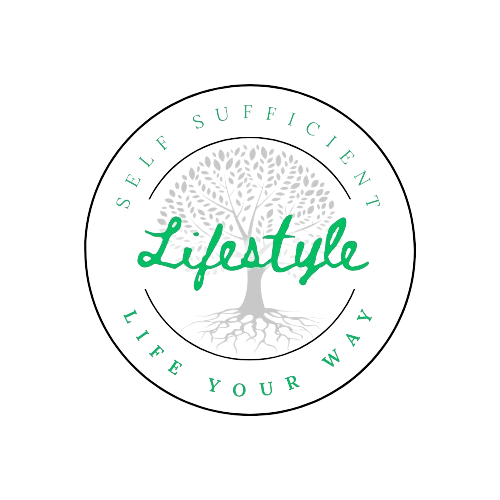
Composting is a simple yet powerful way to reduce waste, enrich soil, and promote a healthier planet. By transforming kitchen scraps and yard waste into nutrient-rich compost, you can not only divert organic materials from landfill but also create a valuable resource for your garden or landscaping. In this comprehensive guide, we’ll delve into the basics of composting, exploring the benefits, methods, and tips for success. Whether you’re a seasoned gardener or new to composting, there’s something for everyone to learn in Composting 101.
Understanding Composting: The Basics
Composting is a natural process in which organic materials, such as food scraps, yard waste, and paper products, are broken down by microorganisms into a dark, crumbly substance known as compost. Compost is rich in nutrients and beneficial microorganisms, making it an excellent soil amendment for improving soil structure, fertility, and moisture retention.
Getting Started with Composting
To start composting at home, you’ll need three basic ingredients: browns, greens, and water. Browns include materials such as dried leaves, straw, and shredded paper, which provide carbon for the composting process. Greens include materials such as fruit and vegetable scraps, coffee grounds, and grass clippings, which provide nitrogen. Water is essential to keep the compost pile moist and facilitate decomposition.
Methods of Composting
There are several methods of composting, ranging from simple backyard bins to more advanced systems such as tumblers and vermicomposting (composting with worms). The key is to find a method that works for your space, lifestyle, and composting goals. Whether you choose a traditional pile, a bin, or a specialized system, the principles of composting remain the same: provide the right ingredients, maintain proper moisture and aeration, and turn the pile regularly to encourage decomposition.
Tips for Successful Composting
– Balance browns and greens: Aim for a ratio of roughly 3 parts browns to 1 part greens by volume to achieve optimal composting conditions.
– Chop or shred large materials: Breaking down larger materials into smaller pieces will help speed up the composting process and ensure more thorough decomposition.
– Keep the pile moist: Compost should be as damp as a wrung-out sponge, so add water as needed to maintain proper moisture levels.
– Turn the pile regularly: Turning the compost pile aerates the materials, speeds up decomposition, and helps prevent odors and pests.
– Be patient: Composting takes time, so be patient and allow nature to work its magic. Depending on the method and conditions, compost can be ready in as little as a few months to a year.
The Benefits of Composting
Composting offers a multitude of benefits, both for individuals and the environment. By diverting organic materials from landfill, composting helps reduce greenhouse gas emissions and conserve valuable landfill space. Compost also improves soil health and fertility, promotes biodiversity, and reduces the need for synthetic fertilizers and pesticides, making it a win-win for both gardeners and the planet.
Composting is a simple yet powerful way to reduce waste, enrich soil, and promote sustainability. Whether you’re a novice gardener or seasoned green thumb, learning how to compost can have a profound impact on your garden, your community, and the planet. By turning kitchen scraps and yard waste into nutrient-rich compost, you can help close the loop on the organic cycle, nourishing the soil and fostering a healthier, more sustainable world for generations to come.

